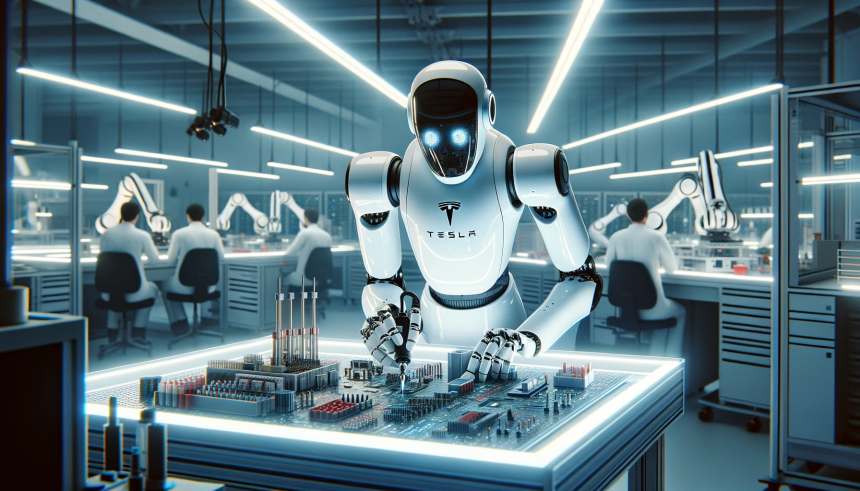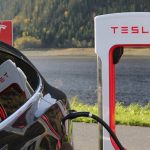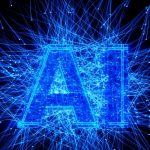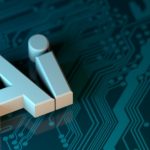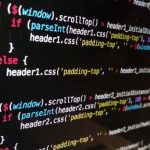Tesla recently established fresh benchmarks with its humanoid robot, Optimus, drawing significant attention from tech enthusiasts and industry experts alike. In an impressive series of demonstrations, Optimus displayed enhanced agility with complex dance movements, showcasing Tesla’s commitment to pushing the limits of humanoid robotics. With these advancements, the company’s vision for a highly capable humanoid assistant appears closer to reality, but Elon Musk, CEO of Tesla, has hinted that the journey is far from complete.
An initial glance at Tesla’s history with humanoid robots shows a journey filled with ambitious goals and continual improvement. The Optimus robot, previously known as the Tesla Bot, was first revealed with high expectations, featuring futuristic design proposals and advanced human-like movements earlier shared by Tesla. Yet, the recent advancements highlight a substantial leap forward, with real-world demonstrations reflecting both artistic movements and technical precision. The ongoing developments serve as a testament to Tesla’s ability to adapt and refine their robotics projects effectively over time.
What Did the Optimus Demonstrations Reveal?
Optimus captured public attention through its recent performances of dance routines, particularly with notable ballet moves. A video shared by Elon Musk showed the robot initially dancing while secured with a cable, later progressing to more advanced routines without physical support. This development signifies Tesla’s advanced simulation technology, which enables these movements to seamlessly transition from virtual to practical applications.
What Are Musk’s Insights on Optimus’ Future?
Despite the progress demonstrated, Elon Musk stated that Optimus, while impressive, is still in its infancy compared to Tesla’s ultimate vision for the humanoid robot. Musk’s comments pointed out that Optimus units are already operational in Tesla’s factories, reinforcing the notion of a working prototype that is both production-ready and adaptive, continually refining its learning capabilities.
How Does the Current State Compare to the Planned Final Form?
Questions linger about what the completed version of Optimus will entail. Today’s model already showcases a functional and sleek design, but expectations are set for a more aesthetic iteration resembling Tesla’s 2021 prototype, which featured a human-like appearance devoid of overt mechanical features. This potential evolution hints at a significant leap towards seamless integration into everyday environments, enhancing human-robot interactions.
Elon Musk’s remarks underscore Tesla’s ongoing efforts to redefine humanoid robots’ capabilities, by making them more adept, autonomous, and visually appealing. The intrinsic technological aspects and future potential of Optimus suggest a continued trend toward complex, human-integrated robotics. For those intrigued by advancements in artificial intelligence and robotics, Tesla’s updates on Optimus promise exciting developments to watch.

